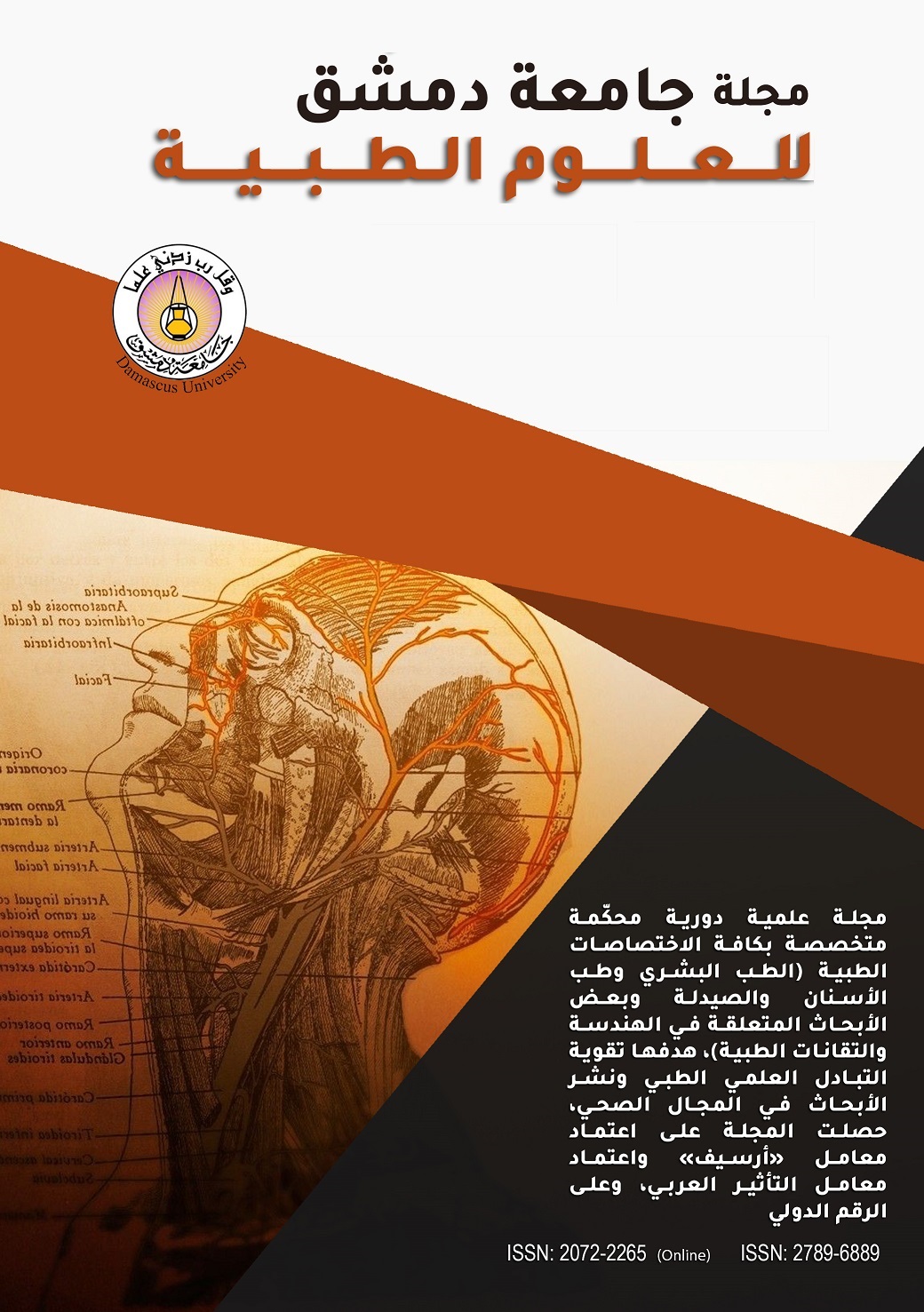Study of relationship between thrombocytosis and hepatoblastoma at diagnosis and the effect of chemotherapy on platelet count in children
Keywords:
Thrombocytosis, hepatoblastoma, childrenAbstract
Background: Hepatic tumors account for o.5 – 2% of all tumors in children and constitute approximately 1 – 4% of the solid tumors. Hepatoblastoma is a tumor of early childhood with 90% of cases diagnosed before 5-year-old. It usually presents as abdominal mass or asymptomatic abdominal enlargement. It may accompany with fever, malaise, anorexia, and weight loss. Other rare manifestations are jaundice or rupture of tumor. Thrombocytosis (platelet count more than 500000) is seen in 80-90% of newly diagnosed patients.
This research aims to clarify the relationship between the thrombocytosis and hepatoblastoma at diagnosis of the disease, as well as the effect of chemotherapy on the platelet count.
Methods: A retrospective study of 20 patients diagnosed with hepatoblastoma in children hospital between 2011 and 2016 is done. Abdominal CT, ultrasonography of abdomen, lever function tests, CBC, AFP, CRP, Alt, PT, PTT and creatinine were made to every patient. The diagnosis is made based on the presence of a hepatic mass in the abdominal CT and the elevation of AFP without a biopsy according to the recommendation of SocieteInternationaled'Oncologie Pediatrique (SIOPEL). The biopsy was taken only in cases of hepatic masses without elevation of αFP or any other suspicious cases. The clinical examination shows lever enlargement in most cases. The enlargement of the abdomen was the most presenting sign. According to the abdominal CT and αFP the patients were categorized into two groups: Normal risk group (stage 1-2 on pretext classification) and αFP less than 100 ng/ml, and high risk group (stage 3-4 on pretext classification) and/or αFP more than 100 ng/ml. A preoperative chemotherapy is applied according to SIOPEL protocol. After that, reevaluation of the tumor and surgical resection if available is done followed by postoperative chemotherapy. αFP and platelet count were monitored after each tow cycles of chemotherapy.
Results: The total number of patients diagnosed with hepatoblastoma between 2011 and 2016 is twenty. There was a marked elevation of platelet count at the time of diagnosis, there were 18 patients with a platelet count more than 500000 (ie; 90%) and 10 patients had more than 800000 (50%). After the initiation of chemotherapy, the platelet count was monitored after every two cycles of protocol and the results showed marked decrease in platelet count after chemotherapy, and it almost returned to normal values after six cycles. The median count of platelets at diagnosis was 750000, it deceased to 550000 after two cycles, and to450000 after four cycles, and returned to normal (200000) after six cycles of chemotherapy. The study also revealed a strong correlation between platelet count at diagnosis and stage of tumor (pretext classification): in stage 1-2 tumors the median platelet count was 654000, while it was 989000 in stage 3-4. The study showed that hepatoblastoma is an early childhood disease with 90% of patients diagnosed under 5-year-old (80%) while just two patients (10%) diagnosed after 5yo. The male/female ratio was (2:1). The study showed elevation of CRP without signs or symptoms of an infection in 8 patients from 12 patients (66%). There was no elevation of Alt in most cases at diagnosis, it was normal in 18 patients (90% of cases).
Conclusion: Most cases of hepatoblastoma are diagnosed with thrombocytosis (90% of cases). Also, our study revealed a gradual decrease of platelet count during chemotherapy to normal values which support the strong correlation between hepatoblastoma and thrombocytosis.

